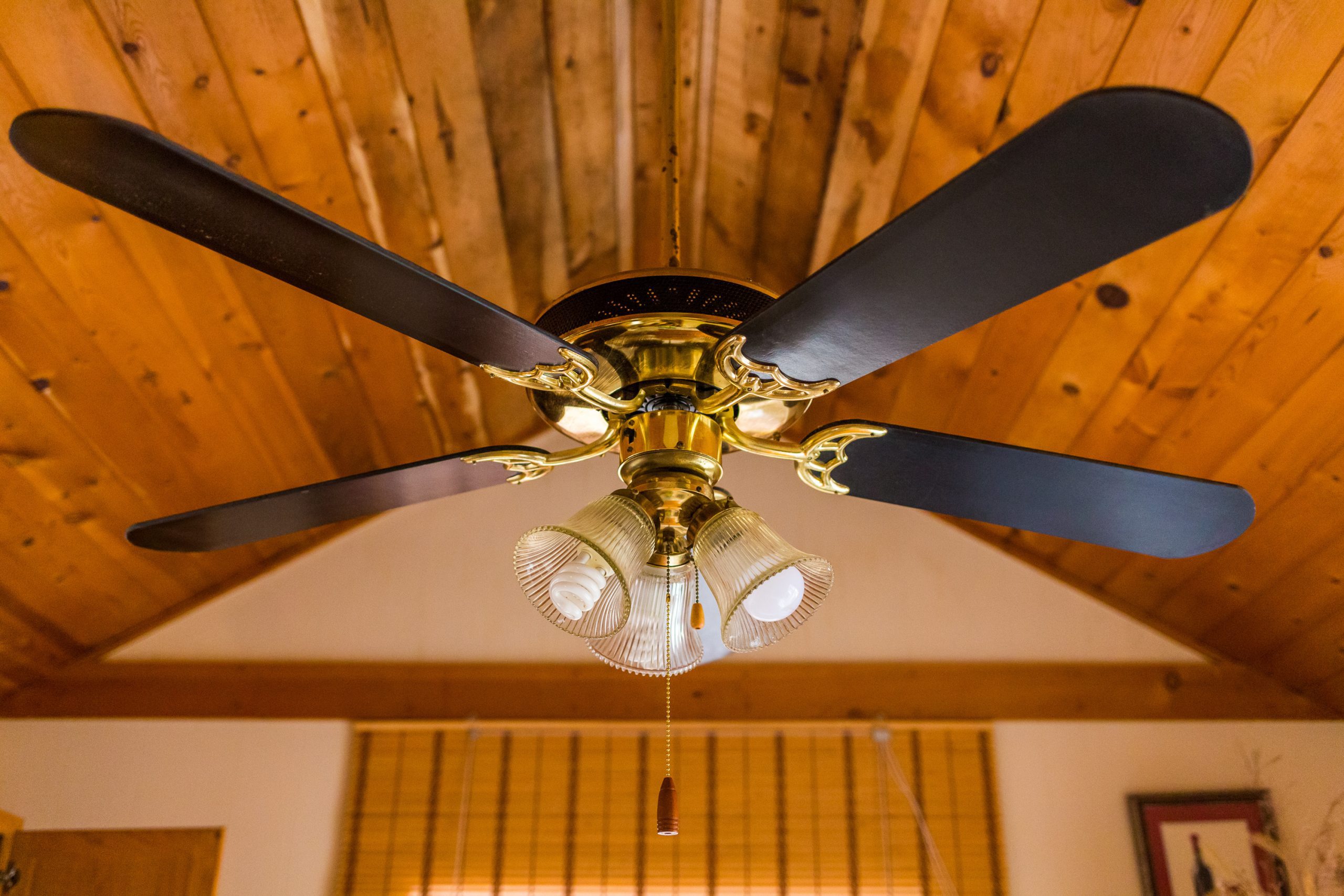

Articles
What Is A Flush Mount Ceiling Fan
Modified: January 6, 2024
Discover all you need to know about flush mount ceiling fans in our comprehensive article. Find the best designs, installation tips, and more.
(Many of the links in this article redirect to a specific reviewed product. Your purchase of these products through affiliate links helps to generate commission for Storables.com, at no extra cost. Learn more)
Introduction
Have you ever considered adding a ceiling fan to your home to improve air circulation and enhance the overall aesthetic appeal of your space? If so, you may have come across the term “flush mount ceiling fan.” But what exactly is a flush mount ceiling fan, and what sets it apart from other types of fans?
A flush mount ceiling fan is a type of fan that is installed directly onto the ceiling, creating a seamless and low-profile look. Unlike traditional ceiling fans that hang down using a downrod, flush mount fans are mounted flush against the ceiling, making them ideal for rooms with low ceilings or limited vertical clearance. They are designed to provide the same functionality and cooling effect as standard ceiling fans while taking up minimal space.
The primary purpose of a flush mount ceiling fan is to circulate air in a room, creating a gentle breeze that helps to regulate temperature and improve comfort. In the summer months, ceiling fans can create a cooling effect, allowing you to raise your thermostat and reduce energy consumption. During the winter, they can be reversed to push warm air down from the ceiling, helping to distribute heat more efficiently and reduce heating costs.
Aside from their practical function, flush mount ceiling fans also offer a range of aesthetic benefits. They come in a variety of styles, finishes, and designs, allowing you to find the perfect fan that complements your interior decor. Whether you prefer a modern and sleek look or a more traditional and ornate style, there is a flush mount ceiling fan available to suit your taste.
Additionally, flush mount ceiling fans can be found with a wide range of features and options. Some models offer integrated lighting fixtures, allowing you to combine the functionality of a fan with the practicality of overhead lighting. Others offer remote control capabilities, adjustable fan speeds, and reversible blades. These features enhance convenience and customization, making your fan a versatile addition to your home.
In the following sections, we will explore the benefits of using a flush mount ceiling fan, factors to consider when choosing one, the installation process, maintenance tips, popular designs, energy efficiency, and noise levels. By the end of this article, you will have a comprehensive understanding of flush mount ceiling fans and be equipped to make an informed decision when selecting the right one for your home.
Key Takeaways:
- Flush mount ceiling fans offer improved air circulation, energy efficiency, and customizable styles, making them a practical and stylish addition to any home. They provide year-round comfort and can help reduce energy consumption.
- When choosing a flush mount ceiling fan, consider factors such as room size, ceiling height, noise levels, and energy efficiency. Proper installation and regular maintenance are essential for optimal performance and longevity.
Read more: How To Install A Flush Mount Ceiling Fan
Definition of a Flush Mount Ceiling Fan
A flush mount ceiling fan is a fan that is designed to be installed directly onto the ceiling, without the use of a downrod. It is mounted flush against the ceiling, providing a seamless and streamlined look. This type of fan is particularly suited for rooms with low ceilings or limited vertical clearance, as it takes up minimal space and does not hang down like traditional ceiling fans.
Flush mount ceiling fans come in various sizes, styles, and finishes, allowing you to choose the perfect fan that matches your interior decor. They are typically equipped with a motor that powers the fan blades, which rotate at different speeds to provide air circulation and create a gentle breeze. The blades of a flush mount ceiling fan are positioned close to the ceiling, optimizing airflow and maximizing cooling efficiency.
One distinguishing feature of a flush mount ceiling fan is its low-profile design. Unlike other types of fans that may have decorative elements or intricate designs on the motor housing or downrod, a flush mount fan is sleek and unobtrusive. This minimalist design makes it easy to integrate the fan into any room without overpowering the existing decor.
Another important aspect of flush mount ceiling fans is their usability. Many models are equipped with remote controls or wall-mounted controls, allowing you to conveniently adjust the fan speed, direction, and lighting settings. This eliminates the need for manual operation and ensures that you can easily optimize the airflow and comfort in your space.
With the advancement of technology, some flush mount ceiling fans also incorporate additional features such as integrated lighting fixtures. These fans not only provide efficient air circulation but also serve as overhead lighting in the room. This dual-purpose functionality eliminates the need for separate ceiling lights and fans, saving both space and installation costs.
Overall, the definition of a flush mount ceiling fan encompasses its low-profile design, ability to be mounted directly onto the ceiling, and the range of styles and features available. Whether you are looking for a fan that seamlessly blends into your room’s decor, maximizes airflow in a compact space, or provides both cooling and lighting functions, a flush mount ceiling fan can be a practical and stylish addition to your home.
Benefits of Using a Flush Mount Ceiling Fan
Flush mount ceiling fans offer numerous benefits that make them a popular choice for homeowners. From improving comfort to enhancing energy efficiency, here are some of the key advantages of using a flush mount ceiling fan:
- Improved Air Circulation: One of the primary benefits of a flush mount ceiling fan is its ability to improve air circulation in a room. The rotating fan blades create a gentle breeze that helps to distribute cool air in the summer and push down warm air in the winter. This helps to create a more comfortable and balanced indoor environment.
- Cooling Effect and Energy Savings: Flush mount ceiling fans can create a cooling effect in a room by promoting air movement. By using a fan in conjunction with your air conditioning system, you can raise the thermostat temperature without sacrificing comfort. This can lead to significant energy savings by reducing the workload on your cooling system.
- Enhanced Energy Efficiency: In addition to reducing the need for air conditioning, flush mount ceiling fans themselves are energy-efficient appliances. They consume much less energy than air conditioning units and can be operated at a fraction of the cost. Choosing an energy-efficient model with ENERGY STAR certification can further optimize your energy savings.
- Year-Round Comfort: Flush mount ceiling fans are not just beneficial during the summer months. They can also improve comfort during the winter by circulating warm air trapped near the ceiling. By reversing the direction of the fan blades, warm air is pushed downwards, helping to maintain a consistent temperature and reducing the need for excessive heating.
- No Dangling Downrod: With limited ceiling height or low clearance, traditional ceiling fans with long downrods can be impractical. Flush mount ceiling fans, on the other hand, eliminate this issue by mounting directly against the ceiling. They provide a sleek and streamlined look without any hanging elements, making them a perfect solution for rooms with low ceilings or tight spaces.
- Space-Saving Design: Flush mount ceiling fans take up minimal space in a room, allowing for efficient use of your living area. Their compact design ensures that they do not interfere with other fixtures or furniture in the room. This makes them particularly suitable for small rooms, apartments, and spaces with unique architectural features.
- Customizable Style: Flush mount ceiling fans come in a wide variety of styles, finishes, and blade designs, allowing you to customize the look to match your interior decor. From contemporary sleek designs to rustic or vintage styles, you can find a fan that complements your overall aesthetic and enhances the visual appeal of the room.
Overall, flush mount ceiling fans provide a range of benefits, including improved air circulation, energy efficiency, year-round comfort, space-saving design, and customizable style. By installing a flush mount ceiling fan in your home, you can create a more comfortable and inviting environment while minimizing energy consumption and enhancing the overall ambiance of your space.
Factors to Consider When Choosing a Flush Mount Ceiling Fan
When selecting a flush mount ceiling fan, there are several important factors to consider to ensure that you choose the right fan for your needs and preferences. Taking these factors into account will help you make an informed decision and ensure that your new fan provides optimal performance and functionality. Here are the key factors to consider:
- Room Size: The size of the room where the flush mount ceiling fan will be installed is an important consideration. Larger rooms generally require fans with larger blade spans to effectively circulate air. Measure the square footage of the room and consult the manufacturer’s recommendations for appropriate fan sizes.
- Ceiling Height: As flush mount ceiling fans are designed for low ceilings or limited vertical clearance, it is crucial to ensure that the fan will properly fit your ceiling height. Measure the distance from the ceiling to the floor and check the fan’s specifications to ensure that it will not hang too low or be too close to the ceiling.
- Noise Level: Consider the noise level produced by the flush mount ceiling fan. Look for fans with quiet or silent motor operation to avoid any unwanted disturbances. Some manufacturers provide noise ratings, allowing you to choose a fan with a noise level that suits your preferences.
- Fan Blades: Pay attention to the design and material of the fan blades. Blades can be made from various materials such as wood, metal, or composite. Each material has its unique look and performance characteristics. Additionally, consider the number of blades and their angle of pitch, as these factors impact the fan’s air movement and efficiency.
- Motor Power: The motor is the heart of the fan and determines its performance. Look for flush mount ceiling fans with high-quality motors that are powerful enough to deliver adequate airflow. Consider the fan’s CFM (cubic feet per minute) rating, which measures the volume of air moved by the fan, to evaluate its performance.
- Energy Efficiency: Opt for flush mount ceiling fans that are energy-efficient to help reduce your energy consumption and lower utility costs. Look for fans with an ENERGY STAR certification, which indicates that the fan meets strict energy efficiency guidelines set by the Environmental Protection Agency.
- Style and Aesthetics: Consider the overall style and aesthetics of the fan to ensure that it complements your interior decor and personal taste. Flush mount ceiling fans are available in various finishes, blade designs, and decorative elements, allowing you to find a fan that aligns with your style preferences.
- Additional Features: Evaluate any additional features that the flush mount ceiling fan may offer. These can include remote control operation, adjustable fan speeds, integrated lighting fixtures, and reversible blades. Determine which features are essential for you and prioritize accordingly.
By considering these factors when selecting a flush mount ceiling fan, you can ensure that you choose a fan that fits the size of your room, suits your ceiling height, operates quietly, provides efficient airflow, and matches your style preferences. Taking the time to evaluate these factors will help you find a fan that offers both functionality and aesthetic appeal, enhancing the comfort and ambiance of your space.
Installation Process of a Flush Mount Ceiling Fan
Installing a flush mount ceiling fan requires careful attention to ensure a safe and secure installation. While it is recommended to hire a professional electrician for the installation, those with experience and knowledge of electrical work can undertake the process themselves. Here is a general guide to the installation process of a flush mount ceiling fan:
- Gather the Necessary Tools: Before starting the installation, gather all the necessary tools and materials, including a ladder, screwdriver, wire strippers, wire connectors, electrical tape, and a voltage tester, among others.
- Turn Off the Power: Safety is paramount when working with electricity. Turn off the power to the circuit you will be connecting the fan to at the main electrical panel. Use a voltage tester to verify that the power is off before proceeding.
- Prepare the Ceiling: Remove any existing light fixtures or ceiling fan if applicable. Take note of the existing electrical box and make sure it is securely attached to the ceiling and able to support the weight of the fan. If necessary, install a suitable electrical box rated for ceiling fan installation.
- Assemble the Fan: Follow the manufacturer’s instructions to assemble the fan components, including attaching the fan blades, motor housing, and light if applicable. Ensure that all connections are secure and the fan is assembled correctly.
- Mount the Ceiling Fan: Carefully lift the assembled fan and position it onto the mounting bracket attached to the electrical box. Align the screw holes of the fan with the ones on the bracket. Use the provided screws to secure the fan to the bracket, making sure it is stable and flush against the ceiling.
- Connect the Wiring: Connect the wiring of the fan to the corresponding wiring in the electrical box. Typically, this involves connecting the black (live) wire of the fan to the black (hot) wire in the electrical box, the white (neutral) wire to the white wire, and the green or bare wire (ground) to the grounding wire or metal box. Secure the connections using wire connectors and wrap them with electrical tape for additional safety.
- Install the Canopy: Slide the canopy of the fan over the mounting bracket, covering the electrical connections. Secure the canopy with the provided screws to ensure it is firmly in place.
- Check and Test: Double-check all the connections and ensure that everything is properly secured. Turn on the power at the main electrical panel and test the fan to ensure it operates correctly. Check for any wobbling or unusual sounds that may indicate an installation issue.
- Install Fan Blades and Light Bulbs: Attach the fan blades to the motor housing, following the manufacturer’s instructions. If your fan has an integrated light fixture, install the light bulbs as per the specifications provided.
- Finalize and Enjoy: Once the installation is complete, ensure that all the screws are tightened, and the fan is balanced and stable. Enjoy the benefits of your new flush mount ceiling fan, including improved air circulation, energy efficiency, and enhanced comfort in your space.
It is important to note that these are general guidelines for the installation process, and specific steps may vary depending on the model and manufacturer of the flush mount ceiling fan. Always refer to the manufacturer’s instructions for the most accurate and detailed instructions particular to your fan model.
If you are not confident in your electrical skills, it is highly recommended to consult a professional electrician to ensure a safe and successful installation of your flush mount ceiling fan.
When choosing a flush mount ceiling fan, make sure to measure the height of your ceiling to ensure the fan will fit properly. Look for a fan with a low profile design to maximize headroom.
Read more: What Is A Flush Mount Ceiling Light
Maintenance and Care Tips for Flush Mount Ceiling Fans
Regular maintenance and proper care of your flush mount ceiling fan are essential to ensure its longevity, performance, and safety. By following these maintenance tips, you can keep your fan running smoothly and effectively:
- Regular Cleaning: Dust and dirt can accumulate on the fan blades, motor housing, and other components over time. Clean the fan regularly by using a soft cloth or vacuum with a brush attachment to remove the buildup. Ensure that the fan is turned off before cleaning it.
- Use a Ceiling Fan Duster: Reach and clean the top sides of the fan blades effectively using a ceiling fan duster. These specialized dusting tools are designed to capture dust and debris without scattering it around the room.
- Check and Tighten Screws: Regularly inspect the screws and fasteners that hold the fan blades, motor housing, and canopy in place. Over time, vibrations can loosen them. Use a screwdriver to tighten any loose screws to prevent wobbling or noise issues.
- Balancing the Fan: If you notice that your flush mount ceiling fan is wobbling or vibrating excessively, it may need to be balanced. Use a balancing kit, which typically consists of adhesive weights, to correct any imbalance. Follow the manufacturer’s instructions to rebalance the fan correctly.
- Keep the Motor and Housing Clean: Ensure that the motor and housing of the fan are free from dust and debris. Use a damp cloth to wipe down the motor housing and vents regularly. Do not use harsh cleaning agents or water.
- Check and Replace Light Bulbs: If your flush mount ceiling fan has an integrated lighting fixture, regularly inspect and replace light bulbs as necessary. Follow the manufacturer’s recommendations for compatible bulb wattage and type.
- Oiling the Bearings: Some flush mount ceiling fans have permanently lubricated bearings, while others may require occasional oiling. Consult the manufacturer’s instructions to determine if your fan requires lubrication and the recommended oiling intervals.
- Check and Test Fan Controls: Periodically check the wall-mounted or remote controls for the fan to ensure they are functioning correctly. Replace batteries in remote controls as needed and clean wall-mounted controls with a damp cloth.
- Keep the Surrounding Area Clear: Ensure that the area around the fan is clear of any obstructions or debris. Avoid placing furniture or other objects too close to the fan to allow for proper airflow and prevent potential damage.
- Schedule Professional Maintenance: Consider scheduling professional maintenance for your flush mount ceiling fan every few years. A professional electrician can perform a thorough inspection, clean hard-to-reach areas, and address any potential issues or worn-out components.
By following these maintenance and care tips for your flush mount ceiling fan, you can keep it in optimal condition, minimize operating issues, and extend its lifespan. Regular cleaning, tightening of screws, balancing, and proper care will ensure that your fan operates efficiently, providing you with a comfortable and refreshing airflow for many years to come.
Popular Flush Mount Ceiling Fan Designs and Styles
Flush mount ceiling fans come in a wide variety of designs and styles, allowing you to find a fan that perfectly complements your interior decor and personal taste. Here are some of the popular designs and styles of flush mount ceiling fans:
- Modern and Contemporary: Sleek and minimalist designs are popular choices for modern and contemporary spaces. These fans often feature clean lines, metallic finishes, and streamlined blades. They blend seamlessly with modern decor and create a visually appealing focal point in the room.
- Traditional and Classic: Traditional and classic flush mount ceiling fans feature ornate details, intricate blade designs, and rich finishes. These fans are reminiscent of vintage or antique styles and are ideal for homes with traditional or classic interior themes. They bring a touch of elegance and sophistication to any space.
- Rustic and Farmhouse: Rustic and farmhouse-style flush mount ceiling fans are characterized by natural or distressed wood finishes, weathered blade designs, and vintage-inspired details. These fans create a cozy and rustic ambiance, making them a popular choice for cabins, cottages, and country-style homes.
- Tropical and Coastal: Perfect for creating a beachy or tropical vibe, tropical and coastal-style flush mount ceiling fans feature palm leaf blades, bamboo accents, and light, airy finishes. These fans bring a sense of relaxation and vacation to any space and are often used in coastal homes, tropical-themed rooms, or outdoor living areas.
- Contemporary Industrial: Contemporary industrial flush mount ceiling fans combine modern design elements with industrial-inspired features. These fans often feature metallic finishes, exposed hardware, and large blades. They are popular in urban lofts, industrial-style apartments, and modern industrial-themed spaces.
- Transitional: Transitional flush mount ceiling fans bridge the gap between traditional and contemporary styles. They feature a combination of classic and modern elements, such as clean lines with subtle ornamental details or simple blade designs with a touch of elegance. These fans are versatile and can complement a wide range of interior decor styles.
- Vintage and Retro: For those who appreciate nostalgia and a throwback to past eras, vintage and retro-style flush mount ceiling fans are the perfect choice. They often feature bold colors, unique blade designs, and retro-inspired motor housings. These fans add a trendy and nostalgic flair to any space.
In addition to the design and style, flush mount ceiling fans also come in various sizes and finishes to suit different room dimensions and preferences. Whether you prefer a fan with a brushed nickel, matte black, bronze, or white finish, there is a wide selection available to match your desired aesthetic.
When choosing a flush mount ceiling fan design and style, consider the overall theme and decor of your space. Select a fan that adds a touch of visual interest and complements the existing elements in the room. By carefully choosing the design and style of your flush mount ceiling fan, you can enhance the overall ambiance and create a cohesive look in your living space.
Energy Efficiency of Flush Mount Ceiling Fans
Flush mount ceiling fans are not only functional and stylish, but they are also energy-efficient appliances that can help reduce energy consumption and lower utility costs. Here are some key factors related to the energy efficiency of flush mount ceiling fans:
Power Consumption: Flush mount ceiling fans consume much less power than air conditioning units. On average, a ceiling fan operates at around 30 to 120 watts, whereas an air conditioner can consume over 1,000 watts. By using ceiling fans as a primary cooling method or in conjunction with air conditioning, you can significantly reduce your energy usage and save money on your electricity bills.
Air Circulation and Cooling Effect: The primary purpose of a flush mount ceiling fan is to circulate air in a room, creating a breeze that helps to lower perceived temperatures. By running a ceiling fan, you can increase air movement, which creates a cooling effect on your skin and helps to make the room feel more comfortable without relying solely on air conditioning. This allows you to set your thermostat at a higher temperature, resulting in energy savings.
Blade Pitch and Size: The blade pitch and size of a flush mount ceiling fan play a role in its efficiency. Fans with steeper blade pitches generally move more air compared to those with shallower pitches. Additionally, larger fan blades can move more air with each rotation, providing better air circulation. However, it is important to choose a fan size that suits the room dimensions to ensure optimal efficiency.
ENERGY STAR Certification: The ENERGY STAR certification is a mark of energy efficiency provided by the Environmental Protection Agency (EPA). Certain flush mount ceiling fan models undergo rigorous testing to meet strict energy efficiency guidelines set by the EPA. Choosing an ENERGY STAR-certified fan ensures that you are selecting a highly efficient model, which can further optimize your energy savings.
Additional Features: Some flush mount ceiling fans come with energy-saving features that enhance their efficiency. For example, certain models have built-in timers or programmable thermostats that allow you to set specific running durations or automatic shut-off times. This prevents the fan from running unnecessarily and consuming excessive energy.
Natural Ventilation Enhancement: Flush mount ceiling fans can also be used to enhance natural ventilation in your home. By opening windows and strategically positioning the fan, you can create cross-ventilation, allowing cool outdoor air to enter and warm indoor air to exit. This natural ventilation process helps to maintain a comfortable indoor environment without relying solely on mechanical cooling.
Proper Usage and Settings: To maximize the energy efficiency of your flush mount ceiling fan, it is important to use it correctly. Make sure to adjust the fan’s direction according to the season. In the summer, set the fan to run counterclockwise to create a cooling breeze. In the winter, reverse the fan’s direction to clockwise to gently recirculate warm air trapped near the ceiling.
By choosing an energy-efficient flush mount ceiling fan, utilizing it properly, and combining it with other energy-saving measures, you can significantly reduce your energy consumption and contribute to a more sustainable lifestyle. Not only will this benefit your wallet, but it will also help to reduce greenhouse gas emissions and lessen your environmental impact.
Noise Levels of Flush Mount Ceiling Fans
When choosing a flush mount ceiling fan, one important factor to consider is the noise level generated by the fan. Noisy fans can be a nuisance and disturb the peaceful ambiance of your living space. Here are some key points to consider regarding the noise levels of flush mount ceiling fans:
Motor Quality: The quality of the motor plays a significant role in determining the noise level of a flush mount ceiling fan. High-quality motors are designed to operate quietly, minimizing any humming or buzzing noises that can be common with cheaper or subpar models. When selecting a fan, look for a fan with a reputable motor brand and positive customer reviews regarding noise performance.
Blade Design and Balance: The design and balance of the fan blades also contribute to noise levels. Optimal blade design and balance help to reduce vibrations, which can cause rattling noises. Look for fans that feature blades constructed from durable materials and are properly balanced during the manufacturing process to mitigate noise caused by blade movement.
Installation Quality: The installation process plays a role in the noise level of the fan. If the fan is not securely mounted or if any components are loose, it can create additional noise when the fan is in operation. It is important to follow the manufacturer’s installation instructions carefully or hire a professional electrician to ensure proper installation and minimize noise issues.
Remote Control Operation: Remote control-operated flush mount ceiling fans can sometimes generate noise from the receiver unit or the buttons themselves when pressed. If noise is a concern, look for fans with remote controls that are known for their quiet operation or consider models with wall-mounted controls instead.
Room Acoustics: The acoustics of the room can also affect the perceived noise level of a flush mount ceiling fan. High ceilings, hard flooring, and minimal furniture can contribute to a more echoic environment, amplifying any noise produced by the fan. Adding soft furnishings, rugs, and wall decorations can help absorb sound and minimize noise reverberation.
Finding the Right Balance: It is important to note that no fan will be completely silent, as some level of noise is inherent in the operation of electrical motors. However, reputable manufacturers prioritize minimizing noise levels and strive to provide fans that operate as quietly as possible. Reading customer reviews and seeking recommendations can help identify fans that are known for their quiet operation.
Remember that noise perception varies from person to person, and what may be considered quiet to one individual may be considered noisy to another. If possible, visit a showroom or listen to the operation of a fan before purchasing to gauge its noise level.
By considering motor quality, blade design and balance, careful installation, remote control operation, room acoustics, and finding the right balance between noise levels and performance, you can select a flush mount ceiling fan that operates quietly while providing reliable air circulation and comfort in your space.
Read also: 13 Best Flush Mount Ceiling Fan for 2024
Conclusion
Flush mount ceiling fans are a fantastic addition to any home, offering both practical functionality and stylish design. With their low-profile installation and various design options, they provide a versatile cooling solution for rooms with low ceilings or limited vertical clearance. By circulating air and creating a gentle breeze, flush mount ceiling fans help to improve air circulation, enhance comfort, and reduce the reliance on air conditioning, resulting in energy savings. They also come in a wide range of designs and styles, allowing you to find a fan that perfectly matches your interior decor and personal taste.
When choosing a flush mount ceiling fan, it is important to consider factors such as room size, ceiling height, noise levels, blade design, energy efficiency, and additional features. Taking these factors into account will help you select the right fan for your needs and ensure optimal performance. Proper installation and regular maintenance are essential to keep your fan running smoothly and quietly for years to come.
Whether you prefer a modern and sleek fan, a traditional and ornate design, or a rustic and farmhouse style, there is a vast selection of flush mount ceiling fans to choose from. By carefully selecting a fan that matches your decor and incorporates energy-efficient features, you can create a comfortable and inviting living space while reducing your energy consumption and utility costs.
In conclusion, flush mount ceiling fans not only provide cooling and air circulation, but they also enhance the aesthetics of your home. Their low-profile installation, energy efficiency, and customizable design options make them a popular choice in many households. By considering the factors discussed in this article and following proper maintenance practices, you can enjoy the benefits of a reliable, stylish, and efficient flush mount ceiling fan in your home for years to come.
Frequently Asked Questions about What Is A Flush Mount Ceiling Fan
Was this page helpful?
At Storables.com, we guarantee accurate and reliable information. Our content, validated by Expert Board Contributors, is crafted following stringent Editorial Policies. We're committed to providing you with well-researched, expert-backed insights for all your informational needs.
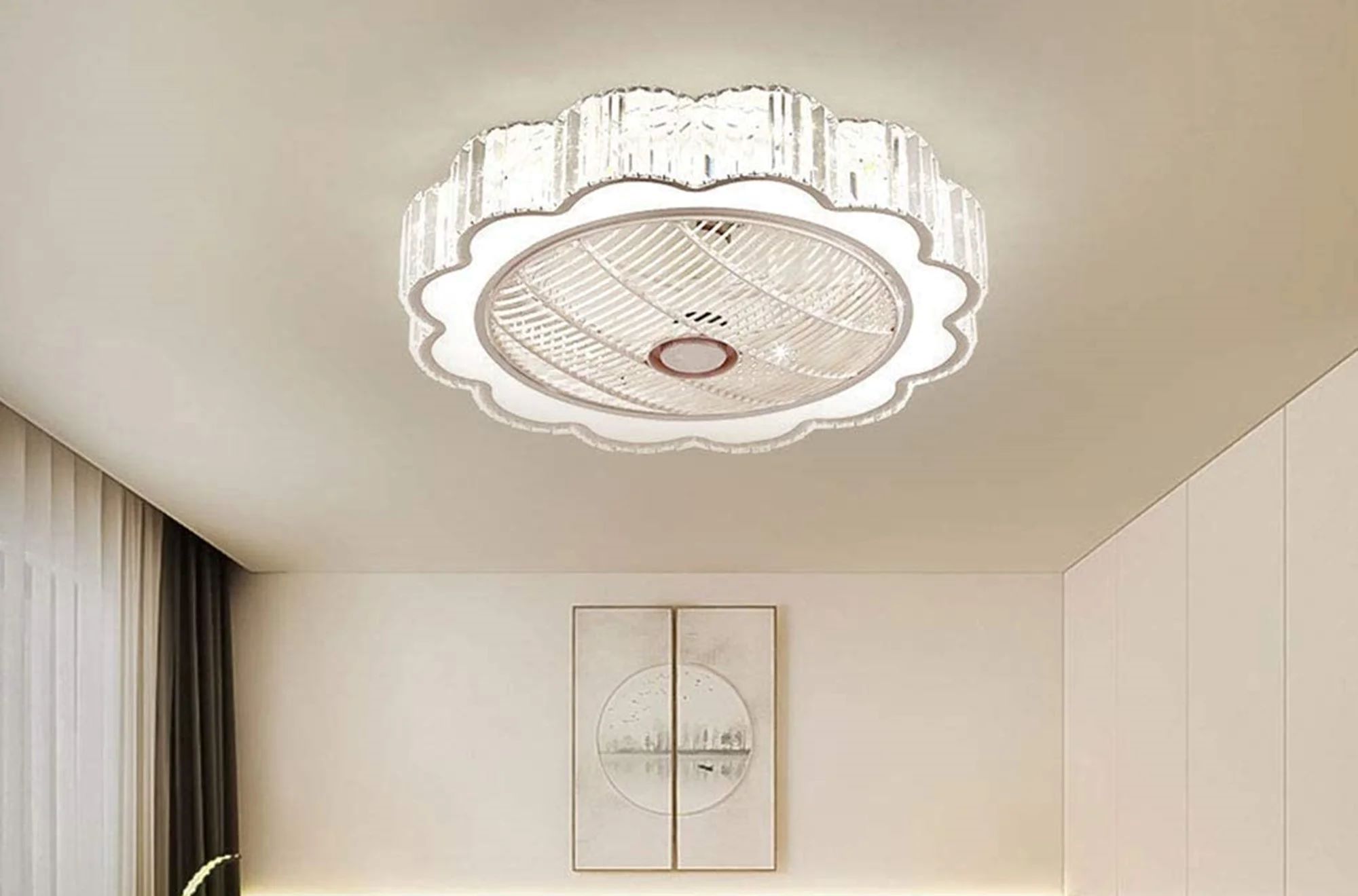


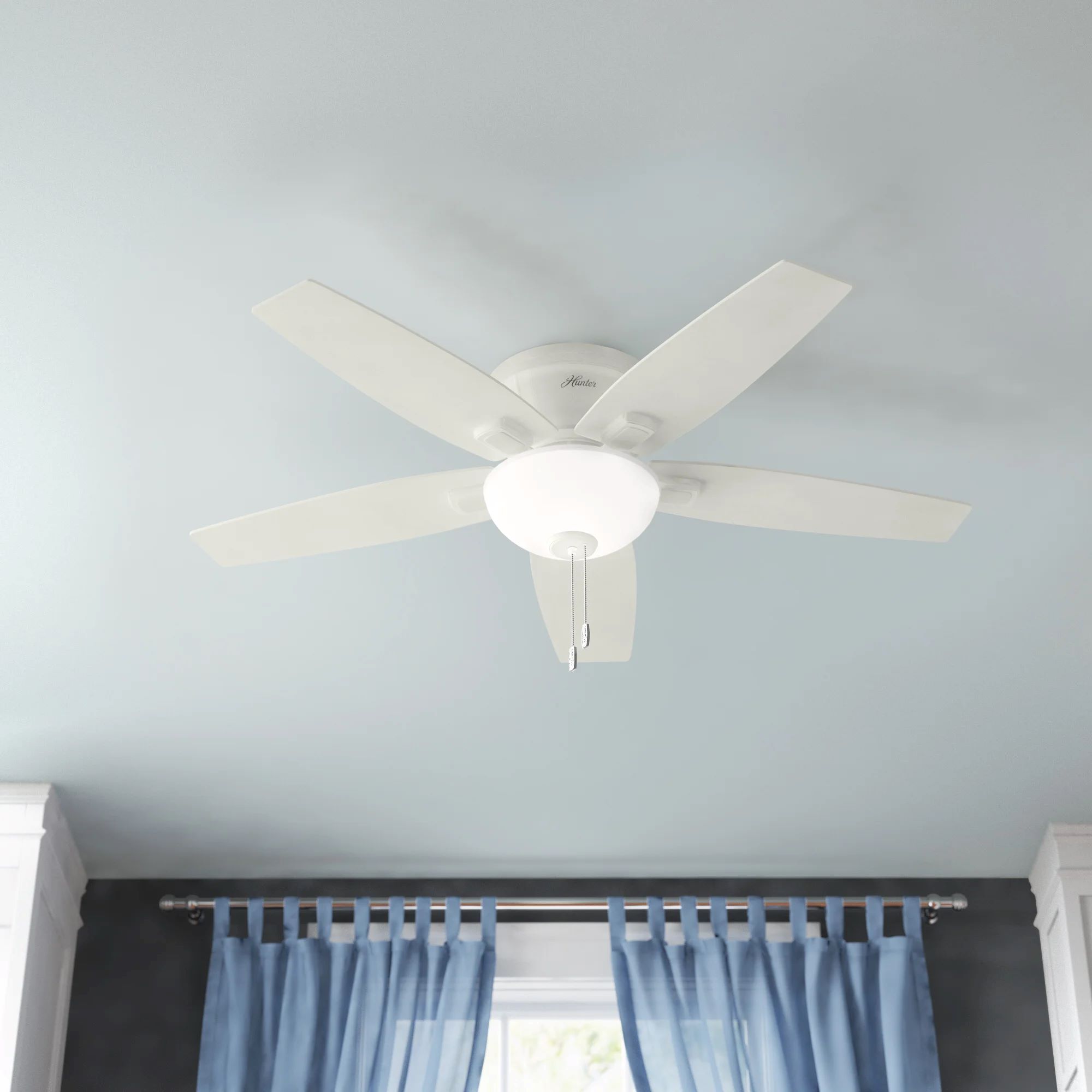
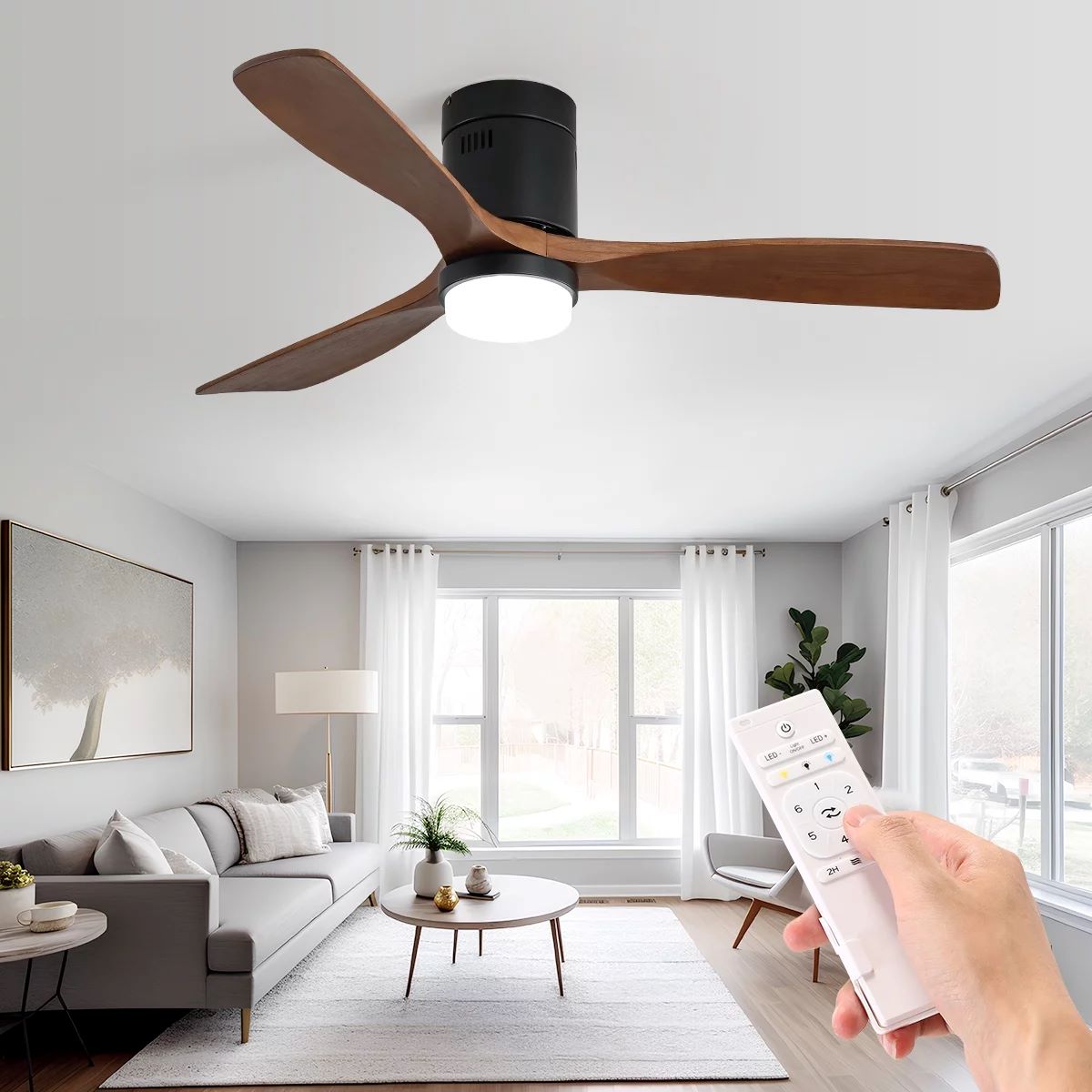
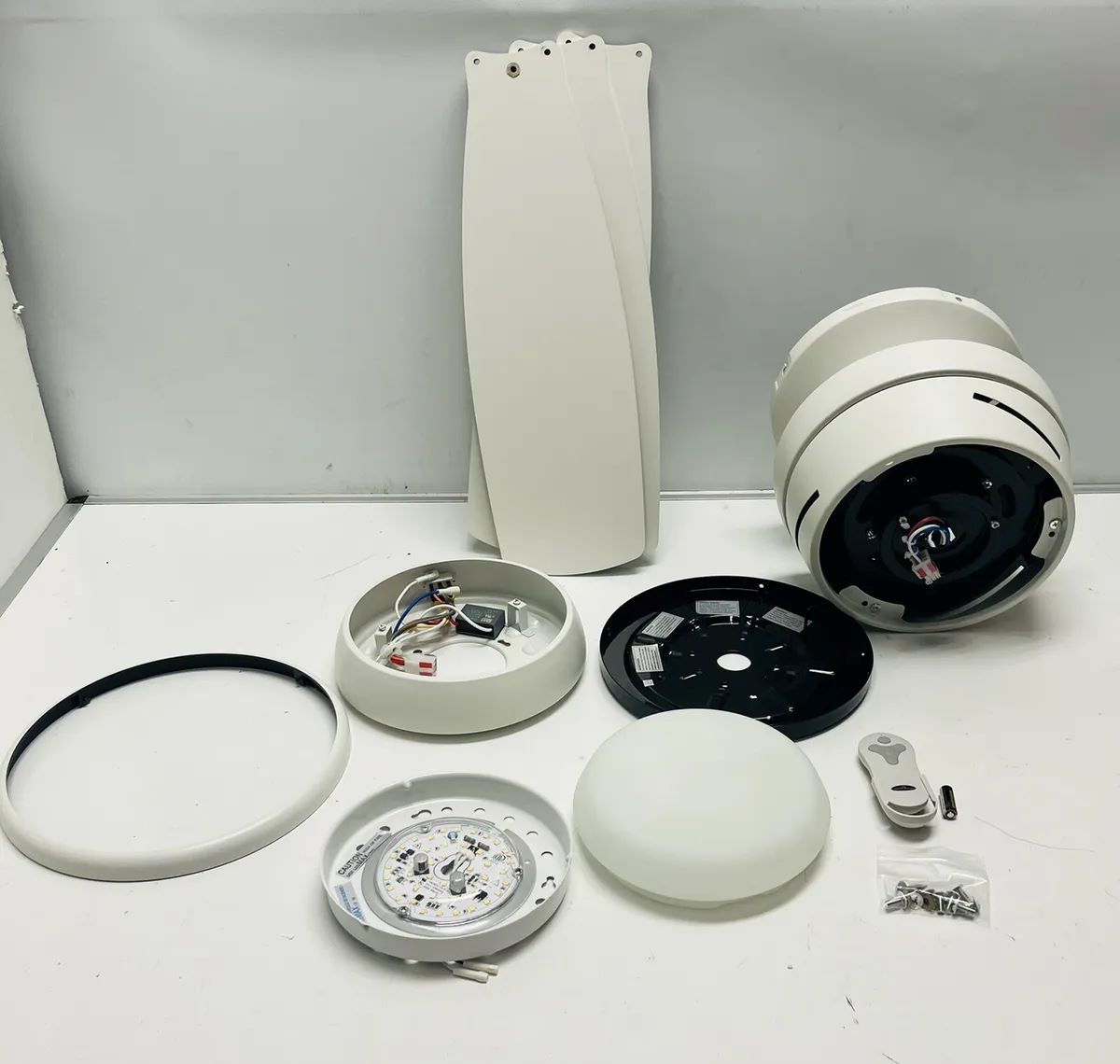
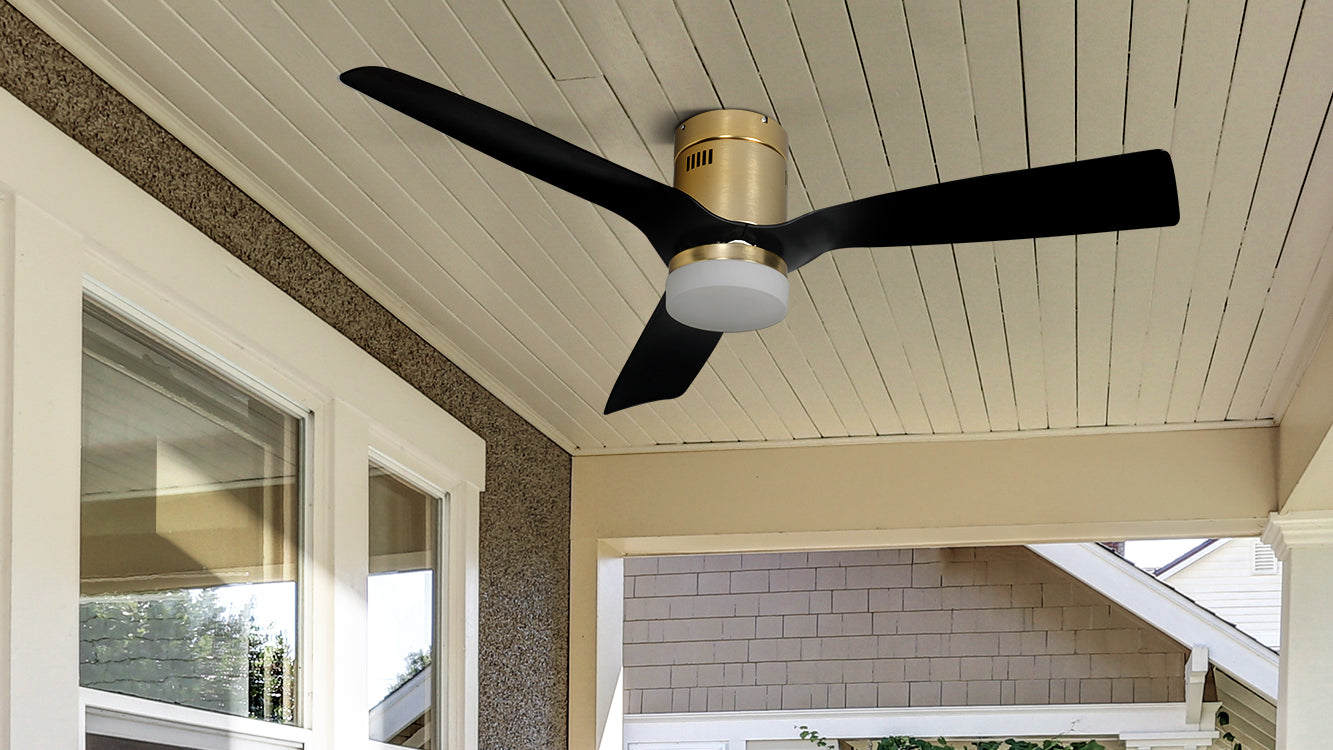

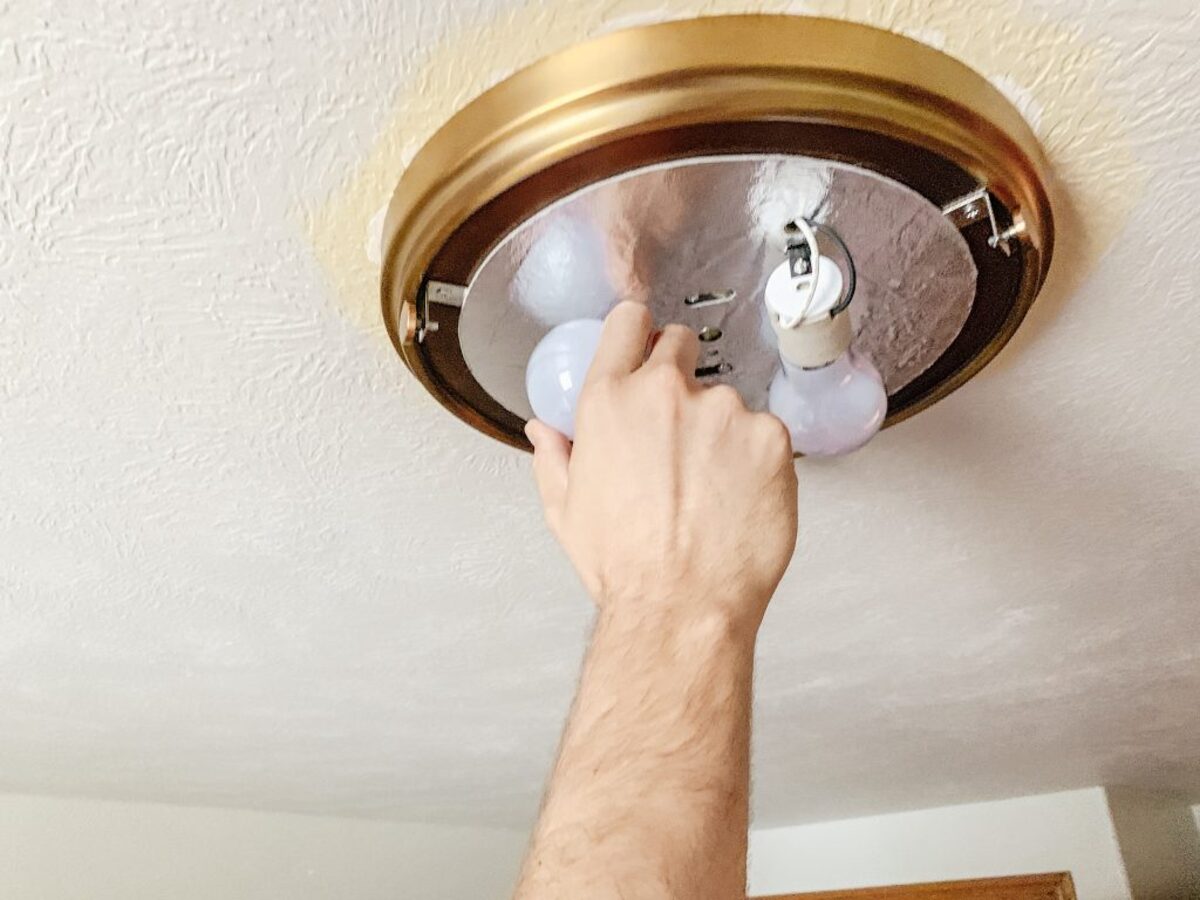
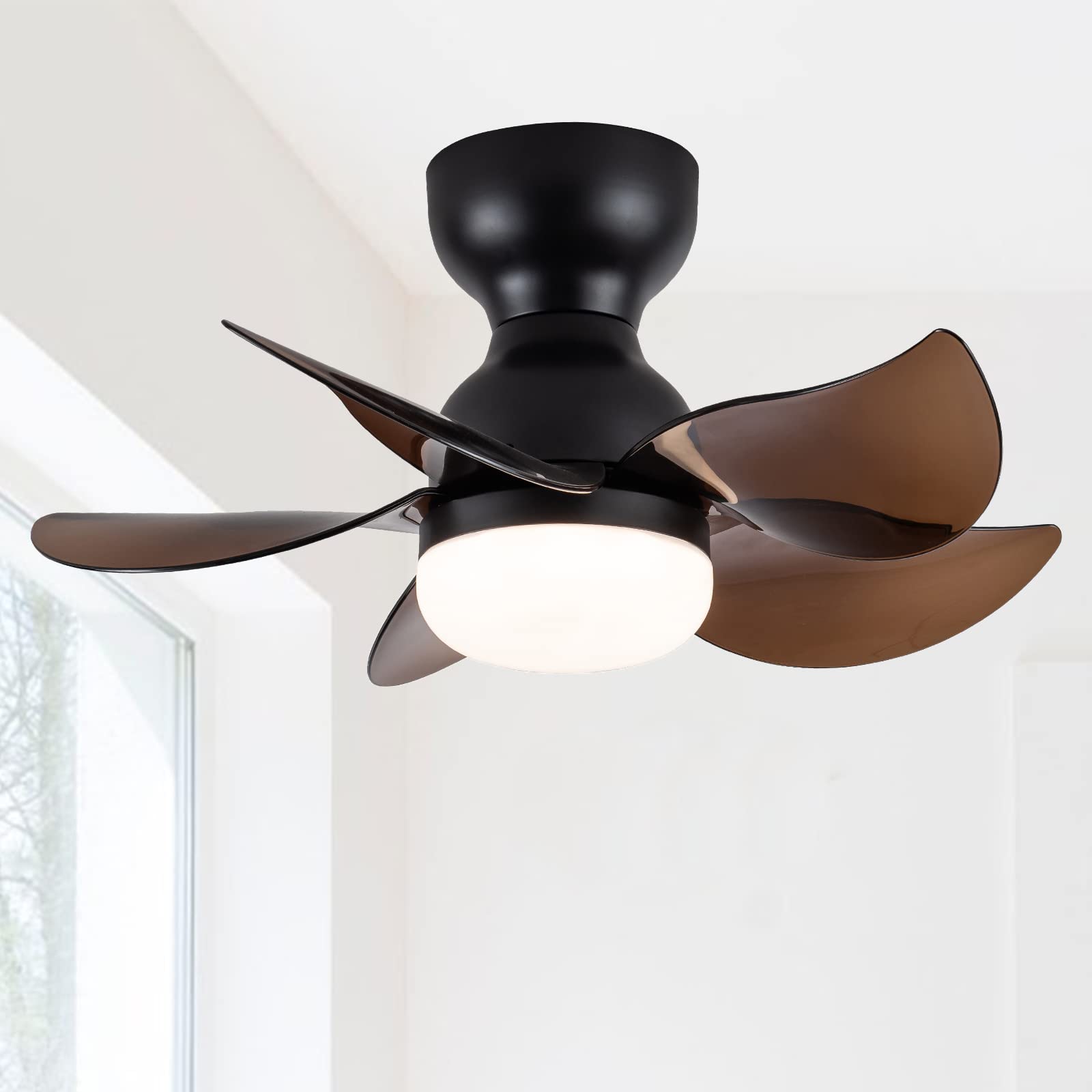
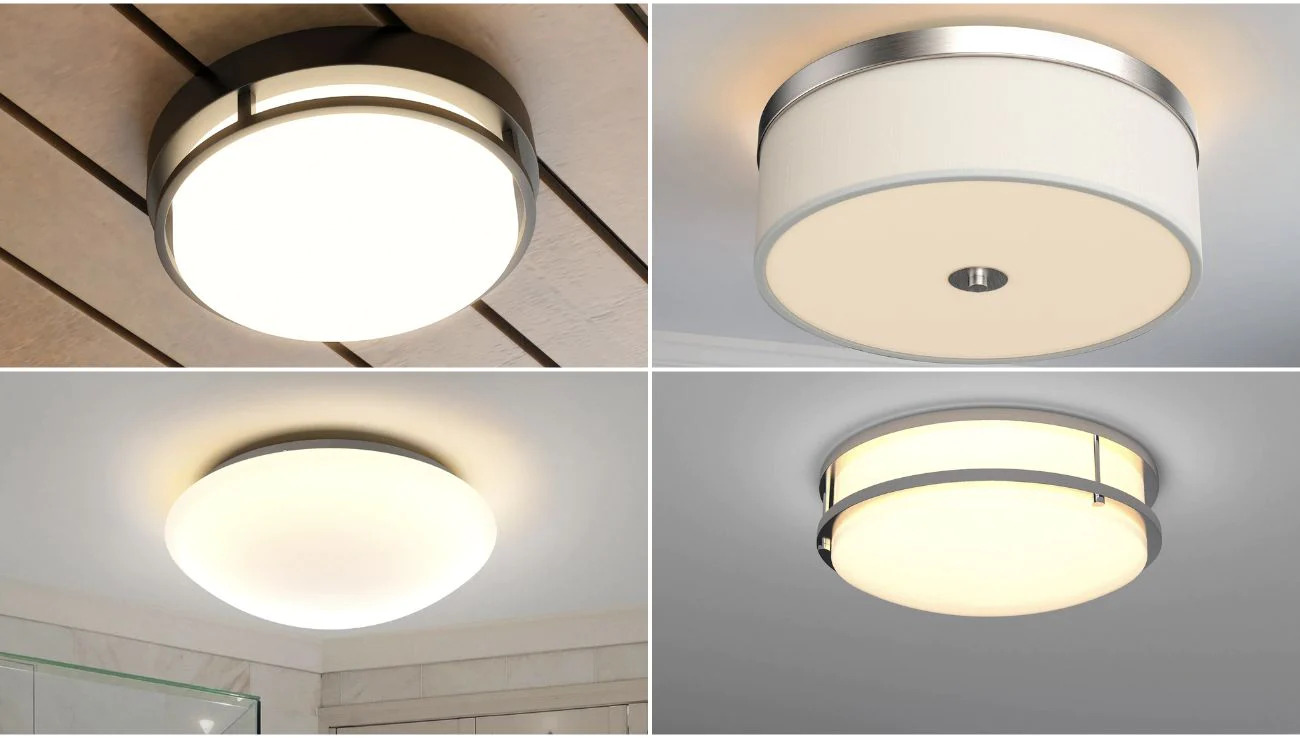



0 thoughts on “What Is A Flush Mount Ceiling Fan”